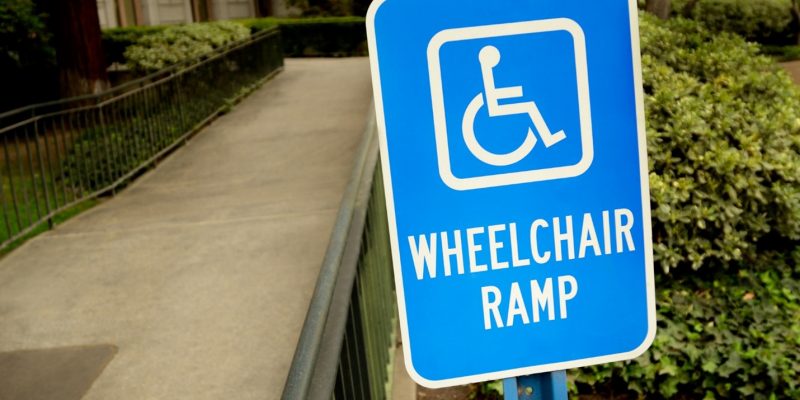What Does Accessible Mean?
Accessibility is the design of buildings, products, and even websites so that anyone can access them. Accessibility helps people with physical or mental disabilities that impair their movement. If a building is accessible, then it followed the accessibility regulations during the time it was built. However, regulations change, and buildings only have to update their accessibility if they remodel or reconstruct a space. The majority of buildings were already built before modern accessibility laws. That means many buildings are not truly accessible. There are exceptions, of course. All federal buildings must follow current laws. Some cities have taken extra measures to make their city more accessible.Accessibility Regulations
Accessibility standards revolve around removing barriers for people with disabilities. For example, wider store isles, entrances, and designated parking spots make a difference. The ADA (Americans with Disabilities Act) regulates accessibility laws. They focus on making it so people with disabilities enjoy life the same, and with as much relative ease, as anyone without a disability.Federal Regulation
The ADA outlines the rights of people with disabilities. This includes accessibility design and discrimination laws. The ADA regulates how many entrances to a building must be accessible. They also regulate how many handicapped parking spaces a building has and how many accessible toilets it has. The ADA also regulates the design of these accessible spaces. Some states and cities choose to go beyond the minimum federal accessibility requirements. Often though, disability wheelchair accessibility is a completely different thing. Because of this, people with wheelchairs struggle to find regulations that suit their needs as well.Disability Accessible vs. Wheelchair Accessible
Ramps and wider doors make things easier for people with wheelchairs. In fact, business owners can go past ADA regulations to make their place easier for people with wheelchairs and their caretakers. Restaurants can have wide and tall tables for a person with a wheelchair to sit under. That is, without being too far from their plate. Hotels can provide beds without a solid base around them, so wheelchairs can get close to the mattress for easier transfer from chair to bed. Wheelchair-accessible bathrooms need bars around the toilet area and shower tub. There should also be enough space for a caretaker to assist when they need to. Adjustable shower heads make it easy for people with wheelchairs in hotels. Like restaurant tables, sinks need to be low enough and have enough space for a person with a wheelchair to reach comfortably. Another factor in hotels that makes a big difference is non-carpet floors. Laminate or tile floors are much easier for wheelchairs to move over. Businesses should want to be accessible. To do that, they should supply these conveniences for people with wheelchairs.What is Accessible Technology?
Everyone uses technology now, and there are regulations to make technology more accessible for people with disabilities. Of course, not everyone with a physical disability needs assistance with technology. However, technology contributes a lot to advancing how accessible the world is to all people with disabilities. This includes:- Screen readers for people who cannot see a webpage’s content
- Not using color to convey things so people who are colorblind can still understand the content
- Audible output options for people with learning disabilities or dyslexia
- Screen magnification for people with low vision
- Speech recognition, head pointers, mouth sticks, or eye-tracking for people with disabilities that leave them unable to use keyboards
- Audio transcribing or alternate video content for people with loss of hearing
- Many people with disabilities prefer mobile devices with touch sensing because it’s easier to use than a mouse
How Can Atlanta Become More Accessible?
Every city in the United States can take measures to be more accessible for people with disabilities and people with wheelchairs. Following current ADA regulations is a good start for cities.Current Conditions
Currently, Atlanta has a wheelchair-accessible public transportation system. They also have many accessible attractions for visitors.Some Accessible Georgia attractions:
- The Georgia Aquarium
- Coca Cola Museum
- Fox Theatre
- MARTA public transportation

